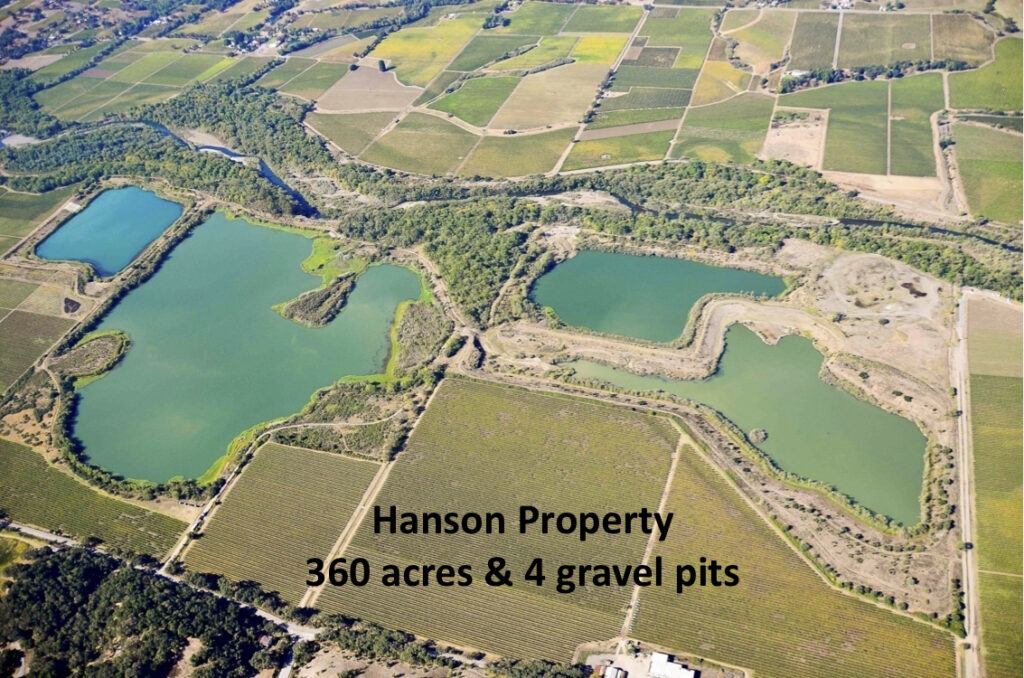Over the last several months, there were ongoing discussions around PG&E’s plans for the Eel River dams, Potter Valley Project changes, and what a future water diversion may look like for the Russian River. In this article, we discuss the first two topics and provide insight into PG&E’s activities. In February we will do a Part II follow-up looking at how these changes are likely to impact the Russian River.
The Potter Valley Project is a hydroelectric power-generating facility that dates back to 1908, and was initially built to help generate electricity for Ukiah via a mile-long tunnel. In 1920, Scott Dam was built above Van Arsdale to form Lake Pillsbury and improve the consistency of power generation. Unfortunately, this also resulted in the blocking off of the Eel River’s headwaters and loss of important salmonid habitat which was once the 2nd largest producer of King Salmon. This loss has caused considerable harm to Eel River residents and tribal communities. In recent years, the project itself has dealt with deteriorating infrastructure, financial losses, and climate change impacts.
Starting a few years ago, and in response to these negative impacts and growing public pressures, PG&E decided it was in their best interest to try to find a buyer for the facility project. However, no buyers stepped forward from the energy industry. In response, there was a novel attempt by local interests to take over the facility via a Two-Basin Partnership made up of a consortium of Russian River water users, Eel River interests, and tribes. Still, this effort was not successful due to the lack of sustainable funding necessary to “step into” PG&E’s shoes to re-license the facility. This left PG&E with the option to decommission the facility according to Federal Energy Regulatory Commission (FERC) regulations which govern hydroelectric plants.
In 2022, PG&E made their official announcement to surrender their power generation license and decommission the facility. In July 2023, Sonoma Water, a group of Mendocino water users, and the Round Valley Indian Tribe announced a plan to take over discrete parts of the facility. The groups listed before mainly took over the diversion tunnel, Van Arsdale Reservoir, and some facilities in Potter Valley on the Russian Riverside. This high-level plan was submitted to PG&E for their consideration and potential inclusion in any final decommissioning plan. These project proponents are likely to expand to include Humboldt County and other entities in the near future.
In November 2023, PG&E released their draft power generation license surrender and facility decommissioning plan to the public. This plan called for the complete removal of Scott Dam which was recently discovered to have major seismic flaws that could lead to dam failure. The plan also acknowledged the proposal by Sonoma Water and its partners but did not commit itself to any set path being proposed.
The next step in the process is for PG&E to release a final draft of their Surrender Application in June 2024 after reviewing the initial public and agency comments from their November release. After that, a final surrender and decommissioning plan is due to FERC in January 2025. From there it will be up to FERC to issue a final decision to PG&E on how to proceed with facility decommissioning. PG&E currently hopes to begin its facility removal by 2028.
While these processes are going on, we do not expect the operations at Potter Valley to change from the last few years. Between seismic concerns to cold water pool needs, and climate change impacts the water transfers to the Russian River have been a fraction of historical amounts. Russian River diversion amounts have gone from about 150,000 acre-feet of water per year to about 30,000 acre-feet of water per year in the last decade. For reference, an acre-foot of water is 325,851 gallons, or roughly what 2-3 households may use in one year.
So how will the potential outcomes affect the Russian River? Stay tuned for the next chapter in February where we’ll explain the various paths this could take.






